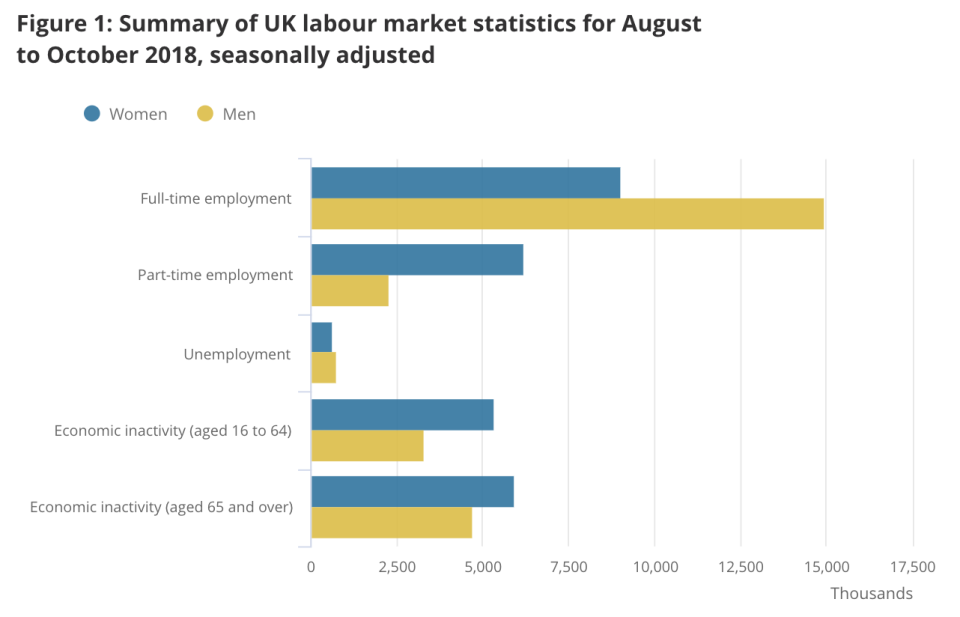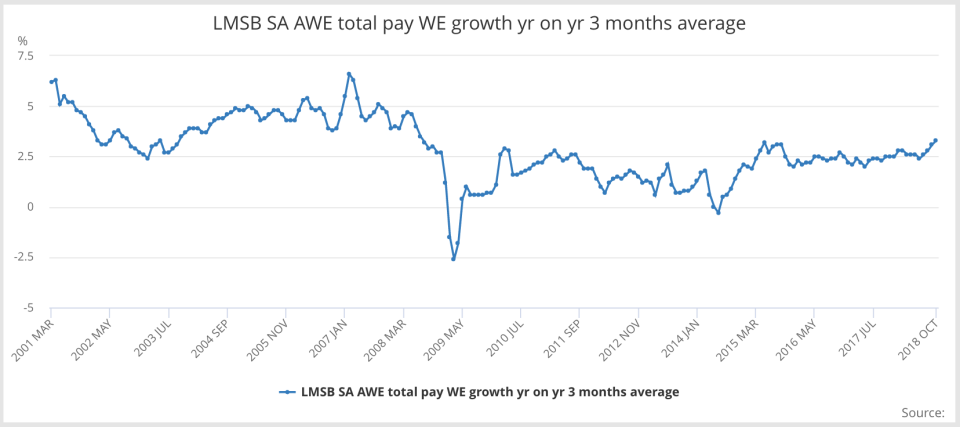The main criticism against Britain's high employment rate is losing steam

Britain just revealed that there are a record number of people in work and average earnings are at the highest level in 10 years. In the three months to October, employment increased to the highest level since records began in 1971 — 32.4 million, according to the Office for National Statistics (ONS).
More poignantly, the data is showing that one of the longest-running criticisms of low jobless rates is losing steam.
For years, critics have claimed that underemployment — part-time workers wanting full-time jobs, inactive workers, those on zero-hour contracts or work in the gig economy — was artificially propping up overall employment numbers.
But Matt Hughes, senior statistician at the ONS, disagrees: “The employment rate has continued to rise in the most recent three months, returning to a joint record high, boosted by an increase in full-time workers.
“There was a corresponding fall in the inactivity rate, while the unemployment rate was virtually unchanged. Real earnings are now growing faster than at any time since around the end of 2016.”
Whichever way you slice it, ONS data shows that:
Employment increased to the highest level since records began in 1971
Average earnings: Up 3.3% in the year to October, up 3.1% on the previous month. Even after taking inflation into account, earning were up by 1.1%
Fewer people are classed as economically inactive (people who have given up looking for a job, those on long-term sick leave, students)
Job vacancies were up by 10,000 quarter-on-quarter to a record high of 848,000
In summary, key metrics are demonstrating that the labour market isn’t being propped up by the underemployed — there are more people in full-time work.

… and earning more.


 Yahoo Finance
Yahoo Finance 
